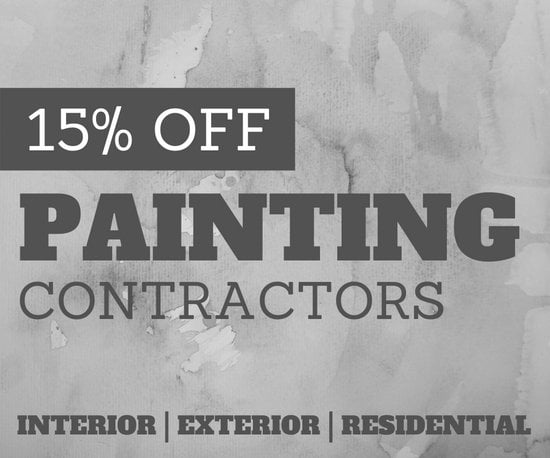Find Out About The Methods Which Seasonal Factors Can Influence The Success Of Commercial External Paint And Figure Out The Very Best Times To Achieve Lasting Outcomes For Your Project
Find Out About The Methods Which Seasonal Factors Can Influence The Success Of Commercial External Paint And Figure Out The Very Best Times To Achieve Lasting Outcomes For Your Project
Blog Article
Content Produce By-McLamb Rosendal
When you're preparing an industrial outside paint job, seasonal elements can make or break your outcomes. You'll want to think about exactly how temperature and moisture influence paint application and drying out times. Selecting the appropriate period can ensure your paint sticks correctly and lasts longer. However which seasons are absolutely the most effective for this kind of work? Let's explore the crucial elements that can influence your job's success.
The Impact of Temperature Level on Paint Application
When you're intending a business exterior paint task, the temperature level can considerably impact exactly how well the paint sticks and dries.
Preferably, you wish to paint when temperature levels range between 50 ° F and 85 ° F. If it's also cold, the paint may not treat properly, leading to issues like peeling off or fracturing.
On the other hand, if it's as well hot, the paint can dry out also swiftly, stopping proper attachment and leading to an uneven surface.
You ought to likewise take into consideration the time of day; morning or late afternoon provides cooler temperatures, which can be a lot more beneficial.
Always examine the manufacturer's referrals for the certain paint you're utilizing, as they commonly provide guidance on the perfect temperature array for optimal results.
Moisture and Its Result on Drying Times
Temperature isn't the only ecological variable that influences your industrial external painting job; humidity plays a considerable duty also. High humidity degrees can reduce drying out times significantly, impacting the general top quality of your paint work.
When the air is saturated with dampness, the paint takes longer to heal, which can cause problems like poor bond and a greater threat of mold development. If you're repainting on an especially moist day, be prepared for prolonged delay times between coats.
Recommended Web site to keep track of local weather and strategy accordingly. Preferably, go for humidity degrees between 40% and 70% for optimum drying.
Keeping visit the up coming website in mind guarantees your job remains on track and provides a long-term surface.
Best Seasons for Commercial Outside Paint Projects
What's the best season for your industrial external painting projects?
Springtime and early loss are generally your best bets. During these seasons, temperatures are moderate, and humidity levels are commonly lower, creating suitable conditions for paint application and drying out.
Stay clear of summer season's intense heat, which can create paint to dry also quickly, resulting in inadequate adhesion and surface. Likewise, https://house-painters-near-me32097.tokka-blog.com/34698737/transform-your-area-reveal-the-benefits-of-engaging-expert-residence-painters-for-your-home can impede appropriate drying and treating, risking the longevity of your paint work.
Aim for days with temperature levels between 50 ° F and 85 ° F for optimum results. Keep in mind to inspect the neighborhood weather forecast for rain, as wet problems can spoil your job.
Preparation around these factors ensures your painting project runs efficiently and lasts longer.
Verdict
In conclusion, planning your industrial exterior painting jobs around seasonal considerations can make a substantial difference in the result. By organizing work during the optimal temperature levels and humidity degrees, you'll ensure much better adhesion and drying out times. Bear in mind to keep an eye on local weather report and choose the right time of year-- springtime and early autumn are your best choices. Taking these actions will aid you accomplish a sturdy and expert coating that lasts.
